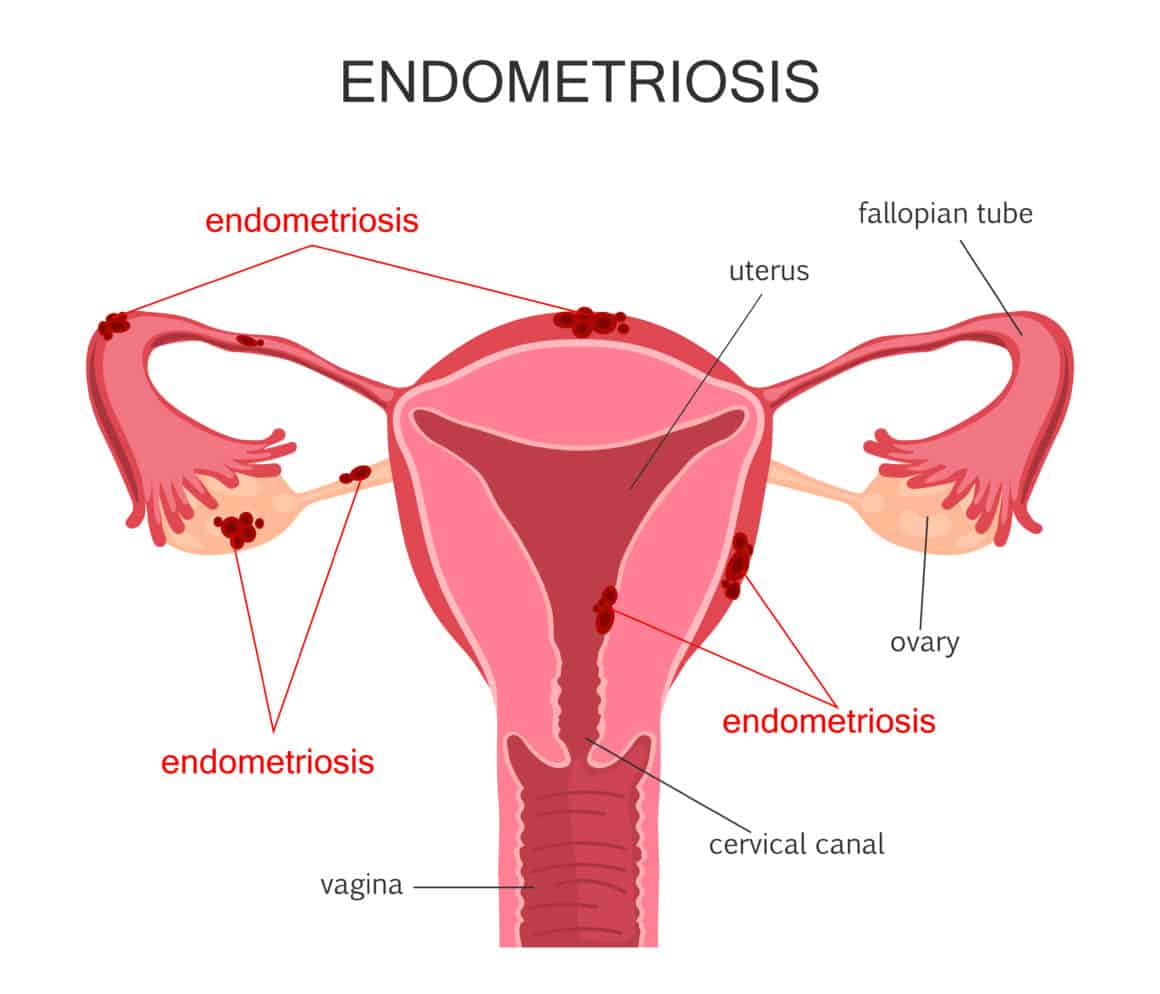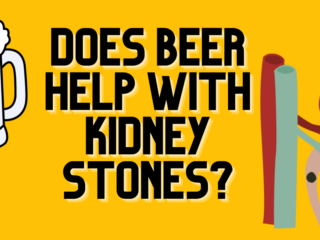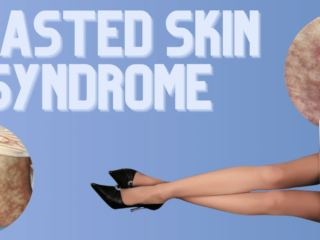Are you a cisgender woman who suffers from severe menstrual cramps, heavy menstrual bleeding, or pain during sexual intercourse? If you answered Yes! to these questions,then you could be dealing with endometriosis, a painful health condition that many silently face each day.
What is Endometriosis?

Endometriosis is a chronic (long-term) health condition most commonly seen in cisgender women of reproductive age.
The condition is named after the endometrium, which is the inner lining of a woman’s uterus. It is normally shed monthly during the menstrual cycle. If the endometrium is present outside the uterus, however, it is called endometriosis.
Where Does the Endometrium Grow?
For women with endometriosis, deposits of endometrium are commonly seen on
- ovaries,
- Fallopian tubes, and
- the vagina.
In some cases, these deposits may sometimes end up in other areas of the abdomen or even the lungs.
Who Gets Endometriosis?
It is estimated that 176 million women across the world have endometriosis. To put those numbers into perspective, that is approximately 10% of women. Most of those people have:
- a family history of endometriosis,
- never been pregnant, and/or
- abnormal menstrual periods.
Disclaimer: this article does not constitute or replace medical advice. If you have an emergency or a serious medical question, please contact a medical professional or call 911 immediately. To see our full medical disclaimer, visit our Terms of Use page.








